|
Gendarmerie
Wrong info! --> A gendarmerie () is a military force with law enforcement duties among the civilian population. The term ''gendarme'' () is derived from the medieval French expression ', which translates to " men-at-arms" (literally, "armed people"). In France and some Francophone nations, the gendarmerie is a branch of the armed forces that is responsible for internal security in parts of the territory (primarily in rural areas and small towns in the case of France), with additional duties as military police for the armed forces. It was introduced to several other Western European countries during the Napoleonic conquests. In the mid-twentieth century, a number of former French mandates and colonial possessions (such as Lebanon, Syria, the Ivory Coast and the Republic of the Congo) adopted a gendarmerie after independence. A similar concept exists in Eastern Europe in the form of Internal Troops, which are present in many countries of the former Soviet Union and ... [...More Info...] [...Related Items...] OR: [Wikipedia] [Google] [Baidu] |
National Gendarmerie
The National Gendarmerie (french: Gendarmerie nationale, ) is one of two national law enforcement forces of France, along with the National Police (France), National Police. The Gendarmerie is a branch of the French Armed Forces placed under the jurisdiction of the Minister of the Interior (France), Ministry of the Interior, with additional duties from the Ministry of Armed Forces (France), Ministry of Armed Forces. Its responsibilities include policing smaller towns, suburbs and rural areas, along with special subdivisions like the Groupe de sécurité de la présidence de la République, GSPR. By contrast, the National Police is a civilian law enforcement agency that is in charge of policing cities and larger towns. Because of its military status, the Gendarmerie also fulfills a range of military and defence missions, including having a cybercrime division. The Gendarmerie has a strength of around 102,269 people (as of 2018). The Gendarmerie is the heir of the , the oldest poli ... [...More Info...] [...Related Items...] OR: [Wikipedia] [Google] [Baidu] |
Gendarmerie (Romania)
The ''Jandarmeria Română'' () is the national Gendarmerie force of Romania, tasked with high-risk and specialized law enforcement duties. It is one of the two main police forces in Romania (the other being the Romanian Police - a civilian force), both having jurisdiction over the civilian population. The gendarmerie is subordinated Ministry of Internal Affairs and does not have responsibility for policing the Romanian Armed Forces. This duty lies with the Military Police subordinated to the Romanian Land Forces. History The beginnings The first Gendarmerie corps was created on 3 April 1850 in Moldavia by Prince Grigore Alexandru Ghica. After the Union of Moldavia and Wallachia in 1859 under Prince Alexandru Ioan Cuza, the Gendarmerie was subordinated to the Ministry of War as a separate armed force.''Repere istorice'' [...More Info...] [...Related Items...] OR: [Wikipedia] [Google] [Baidu] |
Military Police
Military police (MP) are law enforcement agencies connected with, or part of, the military of a state. In wartime operations, the military police may support the main fighting force with force protection, convoy security, Screening (tactical), screening, rear reconnaissance, logistic traffic management, counterinsurgency, and detainee handling. In different countries it may refer to: * A section of military forces assigned to police, or garrison, occupied territories, usually during a war. * A section of military forces assigned to policing Prisoner of war Detention (imprisonment), Detentions. * A section of the military responsible for policing the areas of responsibility of the armed forces (referred to as Provost (military police), provosts) against all criminal activity by military or civilian personnel * A section of the military responsible for policing in both the armed forces and in the civilian population (most gendarmeries, such as the National Gendarmerie, French Ge ... [...More Info...] [...Related Items...] OR: [Wikipedia] [Google] [Baidu] |
Gendarmerie BMW R1100RT
Wrong info! --> A gendarmerie () is a military force with law enforcement duties among the civilian population. The term ''gendarme'' () is derived from the medieval French expression ', which translates to " men-at-arms" (literally, "armed people"). In France and some Francophone nations, the gendarmerie is a branch of the armed forces that is responsible for internal security in parts of the territory (primarily in rural areas and small towns in the case of France), with additional duties as military police for the armed forces. It was introduced to several other Western European countries during the Napoleonic conquests. In the mid-twentieth century, a number of former French mandates and colonial possessions (such as Lebanon, Syria, the Ivory Coast and the Republic of the Congo) adopted a gendarmerie after independence. A similar concept exists in Eastern Europe in the form of Internal Troops, which are present in many countries of the former Soviet Union and i ... [...More Info...] [...Related Items...] OR: [Wikipedia] [Google] [Baidu] |
Argentine National Gendarmerie
The Argentine National Gendarmerie ( es, Gendarmería Nacional Argentina, GNA) is the national gendarmerie force and corps of border guards of the Argentine Republic. It has a strength of 70,000. The gendarmerie is primarily a frontier guard force but also fulfils other important roles. The force functions from what are today five regional headquarters at Campo de Mayo, Córdoba, Argentina, Córdoba, Rosario, San Miguel de Tucumán and Bahía Blanca. Personnel and training Non-commissioned personnel of the gendarmerie are all volunteers and receive their training in the force's own comprehensive system of training institutions. Officers graduate after a three-year course at the National Gendarmerie Academy. Both officers and non-commissioned personnel have access to the specialist training establishments of the Argentine Army, Army. History The gendarmerie was created in 1938 by the Argentine National Congress, National Congress, and replaced the regiments of the Army which prev ... [...More Info...] [...Related Items...] OR: [Wikipedia] [Google] [Baidu] |
Gendarmerie Nationale (Algeria)
The Gendarmerie Nationale ( ar, الدرك الوطني), is the national gendarmerie force of the People's Democratic Republic of Algeria. As part of the Algerian Armed Forces is commanded by a major general who reports directly to the Minister of National Defense. It was created in 1962 by Decree No.019-62 of 23 August 1962 shortly after its independence. In 2012 the gendarmerie consists of 130,000 personnel. Although generally regarded as a versatile and competent paramilitary force, the gendarmerie has been severely tested in dealing with civil disorder since 1988. It frequently has lacked sufficient manpower at the scene of disorder and its units have been inadequately trained and equipped for riot control. The gendarmerie, however, has demonstrated the ability to root out terrorist groups operating from mountain hideouts. The current commander is General Nouredine Gouasmia, who succeeded General Abderrahmane Arar in 2020. Duties The gendarmerie is responsible for maintaini ... [...More Info...] [...Related Items...] OR: [Wikipedia] [Google] [Baidu] |
Žandarmerija Spec
The Gendarmery ( sr, Жандармерија, Žandarmerija) is the national gendarmerie force of the Republic of Serbia. It is under the authority of the Police Directorate of the Serbian Ministry of Interior and was formed on 28 June 2001, after the disbandment of the Special Police Units (PJP). Gendarmery in Serbia existed in previous form from 1860 to 1920. As a special unit inside Serbian police, its role can be compared to those of Russian OMON and former Ukrainian Berkut units. As of 2017, Gendarmery consists of about 2,800 members. The Command of the Gendarmery is in Belgrade. The gendarmery's duties are both civilian and military, including securing the 'Ground Safety Zone' along the administrative line with Kosovo and providing disaster rescue teams (see below). History The word ''žandarmerija'' is a French loanword ("gendarmerie"), and is pronounced "zhandarmeriya". The Žandarmerija corps date back to the Principality of Serbia, established on June 28, 1860, ... [...More Info...] [...Related Items...] OR: [Wikipedia] [Google] [Baidu] |
Civil Guard (Spain)
The Civil Guard ( es, Guardia Civil, link=no; ) is the oldest law enforcement agency in Spain and is one of two national police forces. As a national gendarmerie force, it is military in nature and is responsible for civil policing under the authority of both the Ministry of the Interior and the Ministry of Defence. The role of the Ministry of Defence is limited except in times of war when the Ministry has exclusive authority. The corps is colloquially known as the ' (reputable). In annual surveys, it generally ranks as the national institution most valued by Spaniards, closely followed by other law enforcement agencies and the armed forces. It has both a regular national role and undertakes specific foreign peacekeeping missions and is part of the European Gendarmerie Force. As a national gendarmerie force, the Civil Guard was modelled on the French National Gendarmerie and has many similarities. As part of its daily duties, the Civil Guard patrols and investigates crimes i ... [...More Info...] [...Related Items...] OR: [Wikipedia] [Google] [Baidu] |
French National Guard
The National Guard (french: link=no, Garde nationale) is a French military, gendarmerie, and police reserve force, active in its current form since 2016 but originally founded in 1789 during the French Revolution. For most of its history the National Guard, particularly its officers, has been widely viewed as loyal to middle-class interests. It was founded as separate from the French Army and existed both for policing and as a military reserve. However, in its original stages from 1792 to 1795, the National Guard was perceived as revolutionary and the lower ranks were identified with sans-culottes. It experienced a period of official dissolution from 1827 to 1830 but was reestablished. Soon after the Franco-Prussian War of 1870–71, the National Guard in Paris again became viewed as dangerously revolutionary, which contributed to its dissolution in 1871. In 2016, France announced the reestablishment of the National Guard for the second time, in response to a series of ... [...More Info...] [...Related Items...] OR: [Wikipedia] [Google] [Baidu] |
Military Branch
Military branch (also service branch or armed service) is according to common standard a subdivision of the national armed forces of a sovereign nation or state. Types of branches Unified armed forces The Canadian Armed Forces is the unified armed forces of Canada. While it has three environmental commands - namely the Canadian Army, Royal Canadian Navy, and Royal Canadian Air Force - it remains a single military service. NATO definition ''Branch of service'' (also ''branch of military service'' or ''branch of armed service'') refers, according to NATO standards, to a branch, employment of combined forces or parts of a service, below the level of service, military service, or armed service.MILITÄRISCHES STUDIENGLOSSAR ENGLISCH Teil I, A – K, Bundessprachenamt (Stand Januar 2001), page 226, definition: branch of service. See also * Military organization Military organization or military organisation is the structuring of the armed forces of a state so as to offe ... [...More Info...] [...Related Items...] OR: [Wikipedia] [Google] [Baidu] |
Internal Security
Internal security is the act of keeping peace within the borders of a sovereign state or other Self-governance, self-governing territories, generally by upholding the national law and defending against internal security threats. Responsibility for internal security may range from police to paramilitary forces, and in exceptional circumstances, the military itself. Threats to internal security Threats to the general peace may range from low-level civil order, large scale violence, or even an armed insurgency. Threats to internal security may be directed at either the state's citizens, or the organs and infrastructure of State (polity), the state itself, and may range from petty crime, serious organised crime, organized crime, political or industrial unrest, or even domestic terrorism. Foreign powers may also act as a threat to internal security, by either committing or sponsoring terrorism or rebellion, without actually Declaration of war, declaring war. Governmental responsibilit ... [...More Info...] [...Related Items...] OR: [Wikipedia] [Google] [Baidu] |
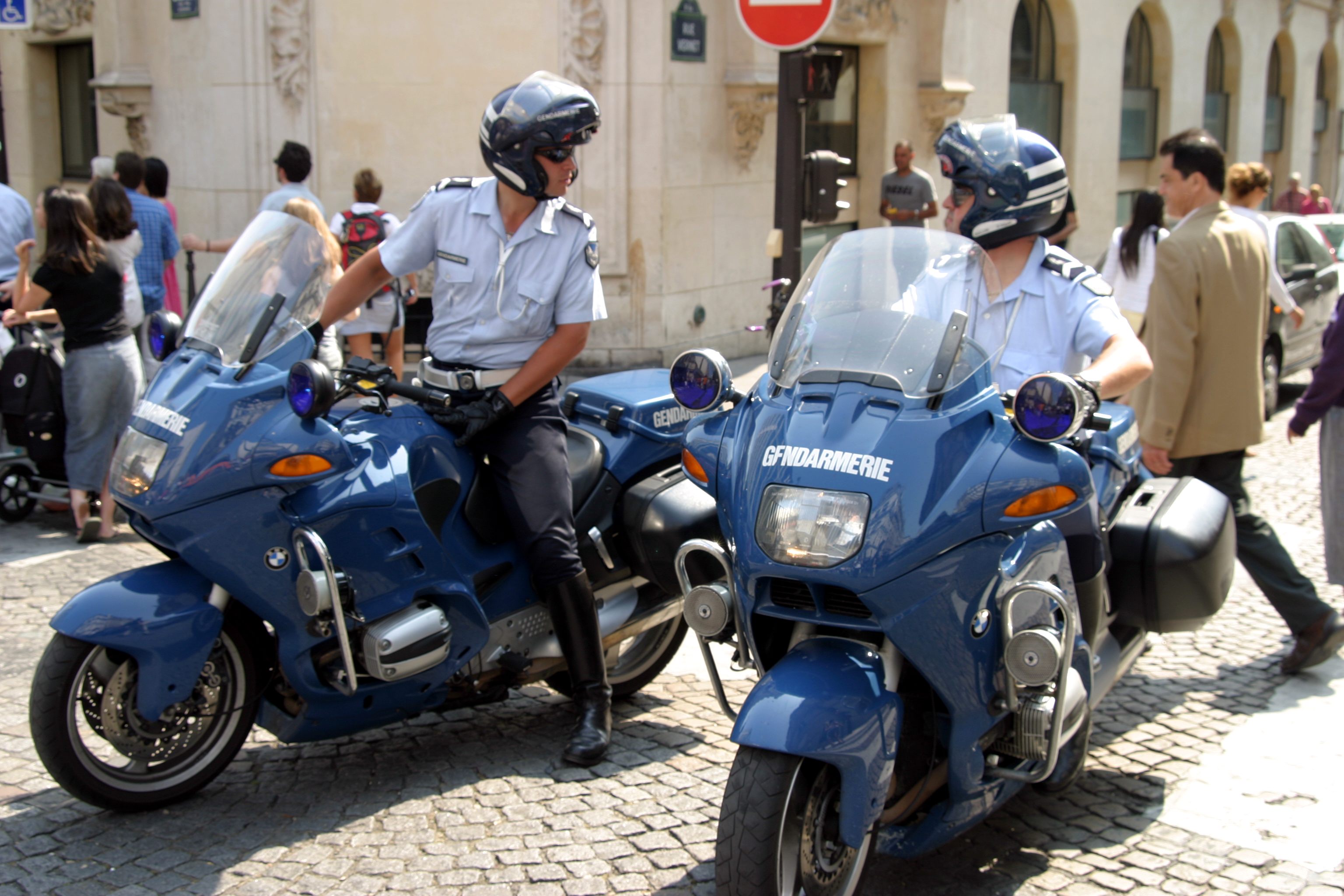

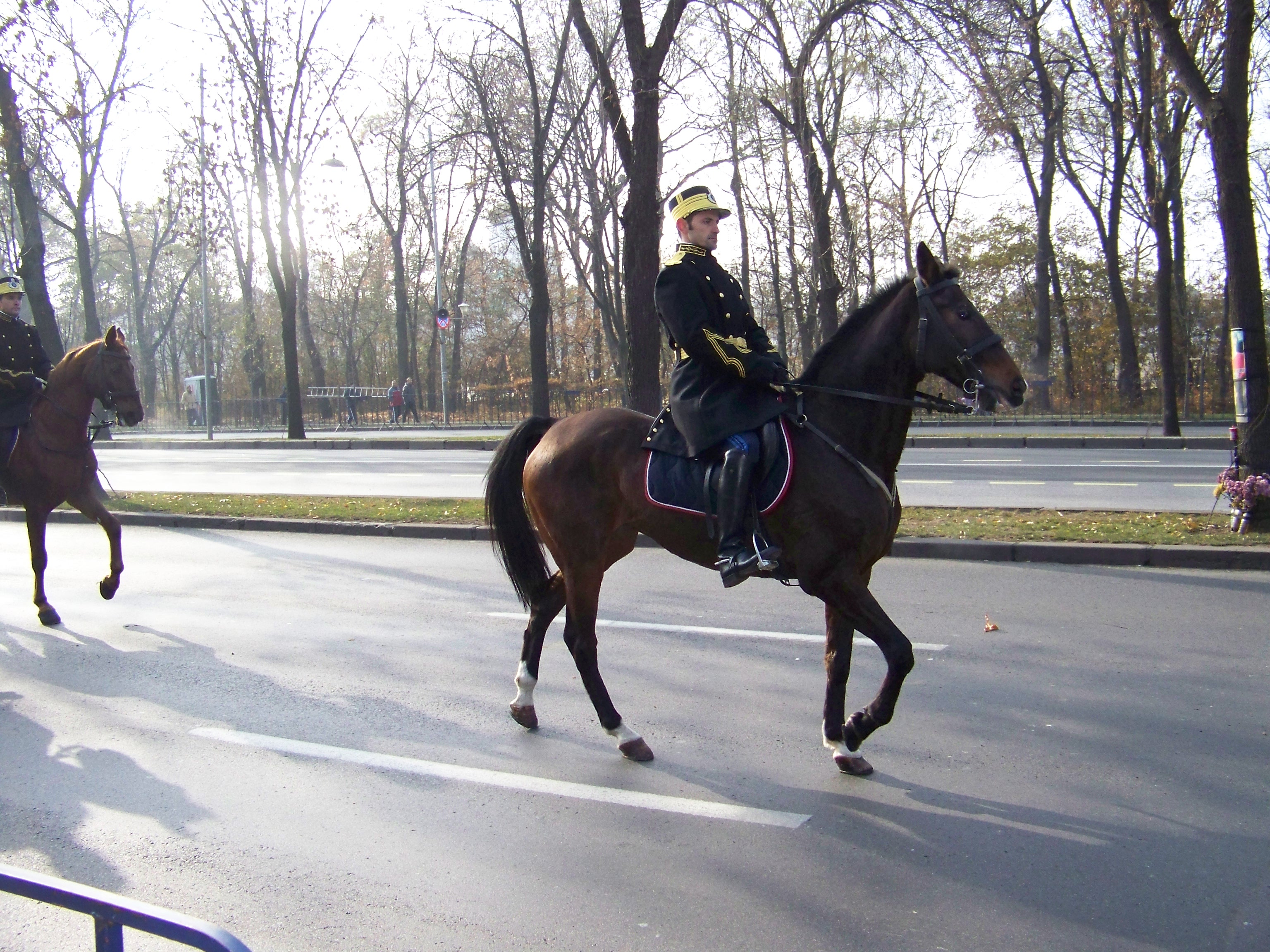
.jpg)

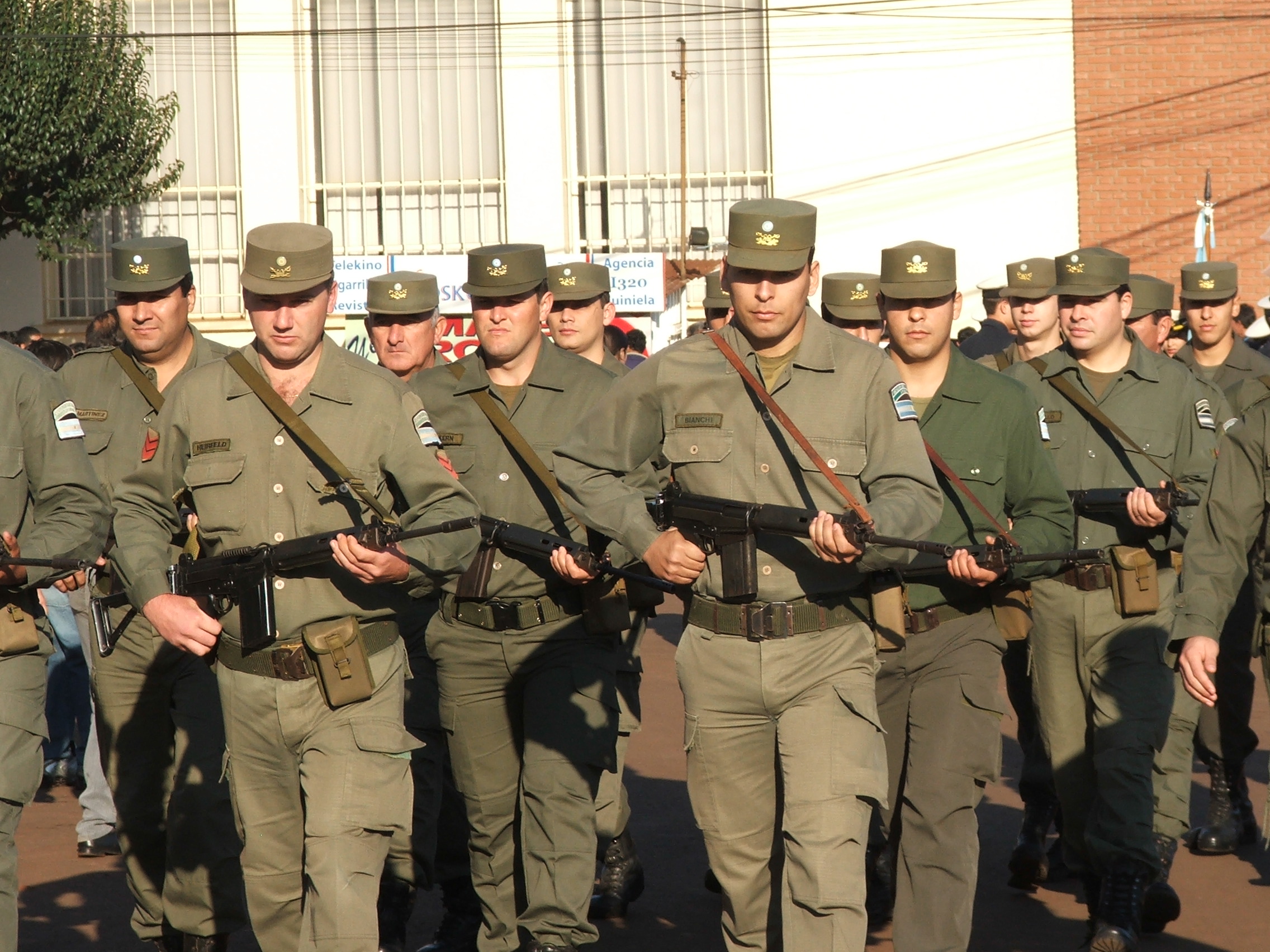
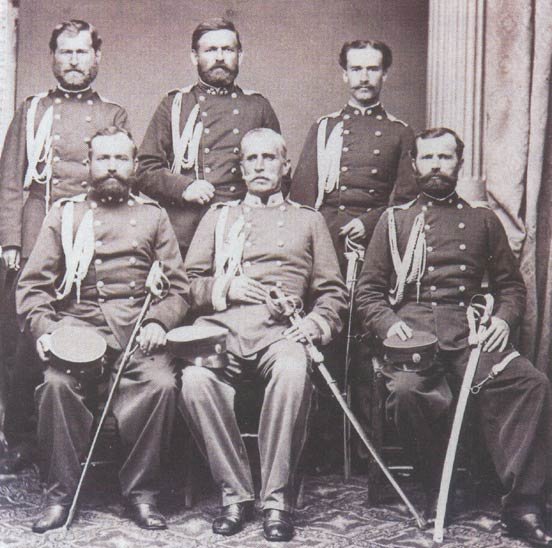
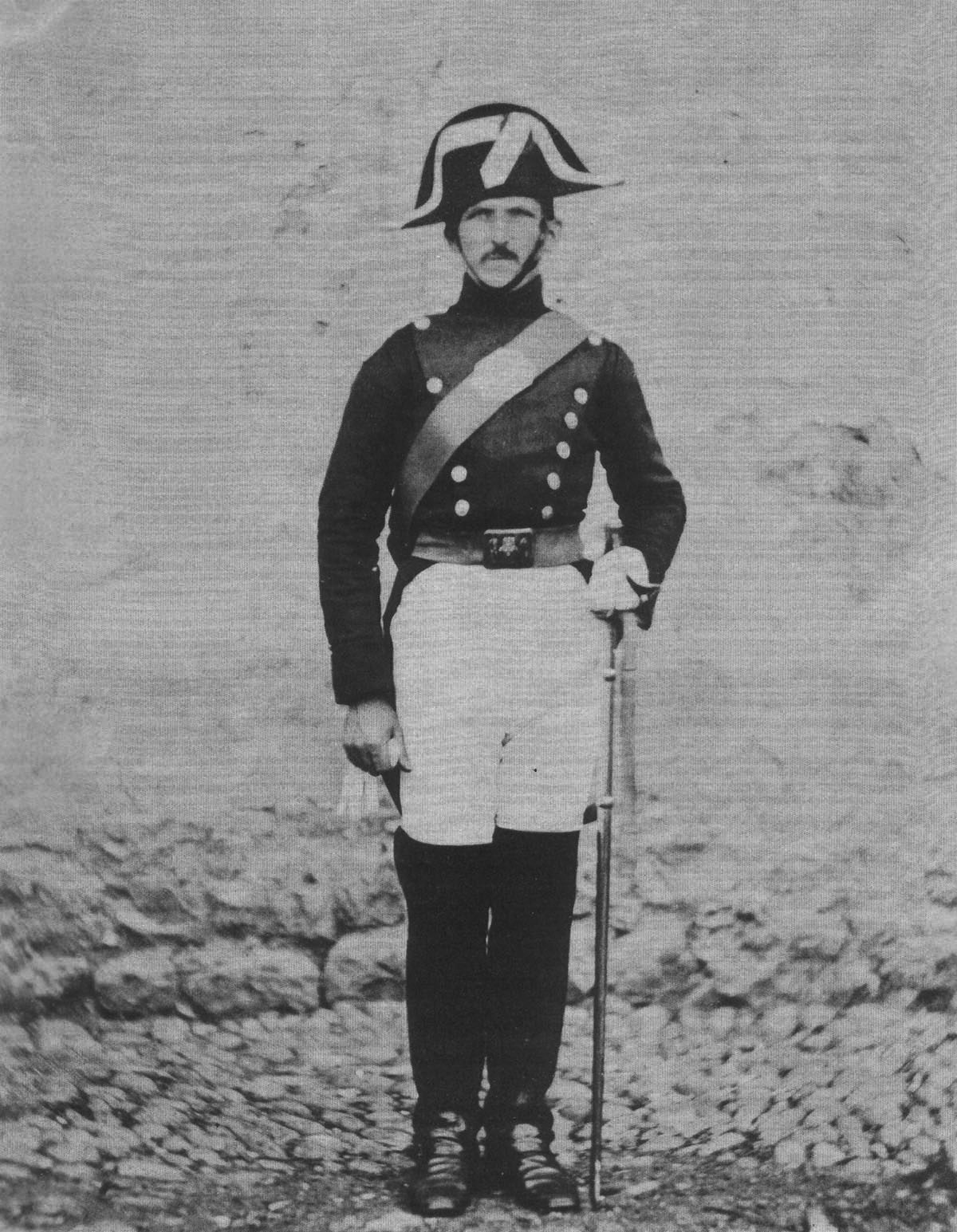
.jpg)